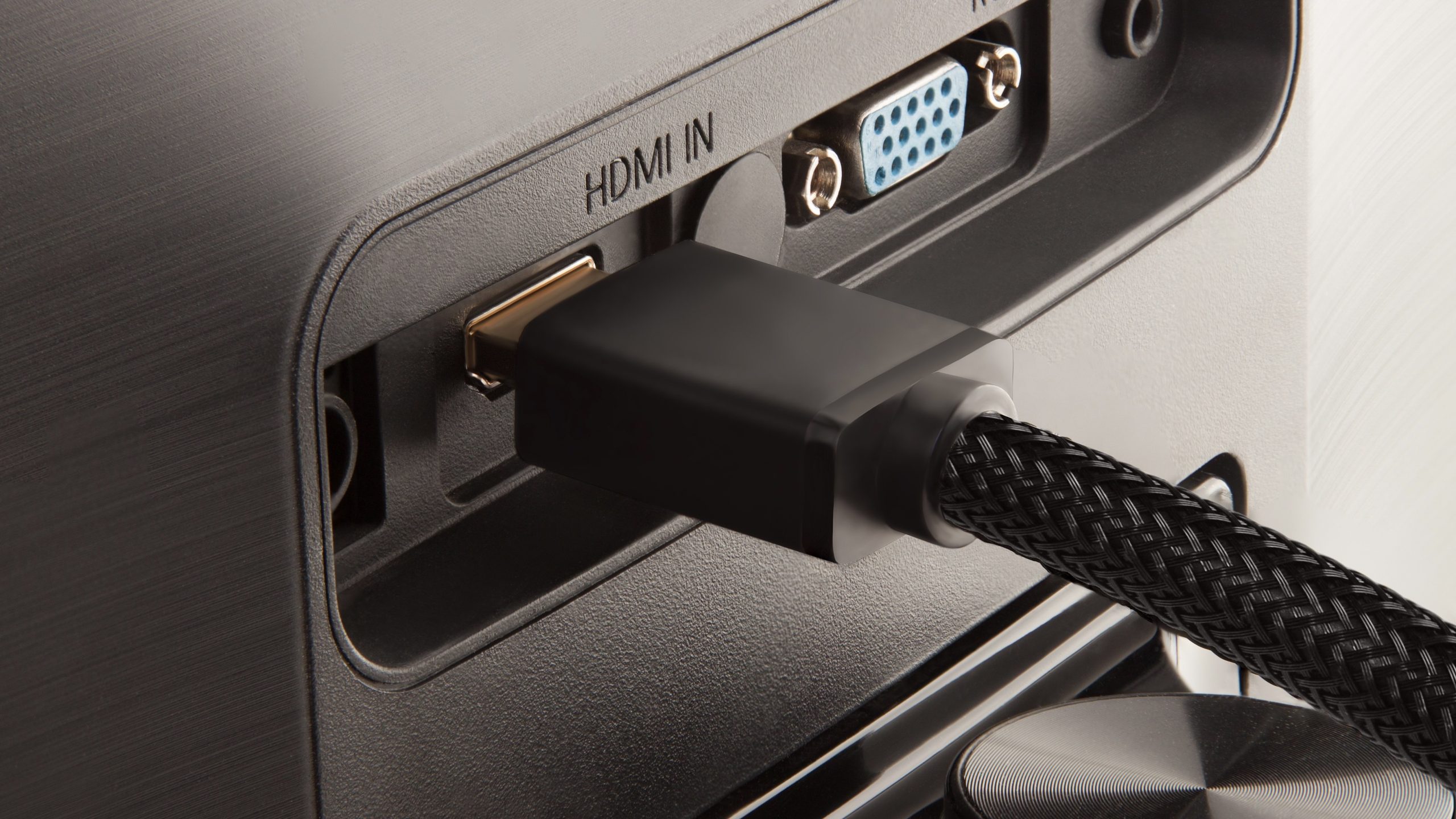The HDMI Forum is at it again. At CES 2025, the organization announced a brand new HDMI standard: HDMI 2.2. This new specification is a huge leap from HDMI 2.1, with some impressive on-paper specs. But do you really need to plan on upgrading your HDMI setup? Spoiler: definitely not.
What’s new with HDMI 2.2
HDMI 2.1, which the HDMI Forum released seven years ago, has a bandwidth of 48Gbps, and supports outputs of 4K at 120Hz and 10K at 60Hz. This latest HDMI standard doubles that bandwidth to 96Gbps, and supports 4K at 480Hz, 8K at 240Hz, and 10K at 120Hz (as seen in an official photo below). Those higher resolutions and refresh rates are especially useful for cutting-edge augmented reality, mixed reality, spatial reality, and light field displays, but probably won’t be necesarry on most consumer products as of yet.
HDMI 2.2 also supports Latency Indication Protocol (LIP), which can help improve audio and video synchronization with setups that involve a multitude of connected devices.
Credit: HDMI Forum
The new HDMI 2.2 cables will come with Ultra96 badging (because HDMI cables weren’t confusing enough yet). With this update, the physical connector still stays the same shape and size: users will be able to confirm that they are indeed using the high throughput cable using a QR code on the Ultra96 branded cables.
Do you need HDMI 2.2?
All this considered, there is really no need for you to rush to get an HDMI 2.2 cable. The spec won’t be available to manufacturers until mid-2025, and even then, we might not see devices that support HDMI 2.2 connections until next year. Sure, HDMI 2.2 is backwards compatible with HDMI 2.1, so you can use these cables with your existing devices, but unless you have a 10K TV (you probably don’t), you might as well stick to the cables you already use.
So no, you don’t need to rush out to buy an HDMI 2.2 cable when they start shipping later this year. Knowing how these things go, we are looking at a couple of years of waiting before all that extra bandwidth turns into something useful.
